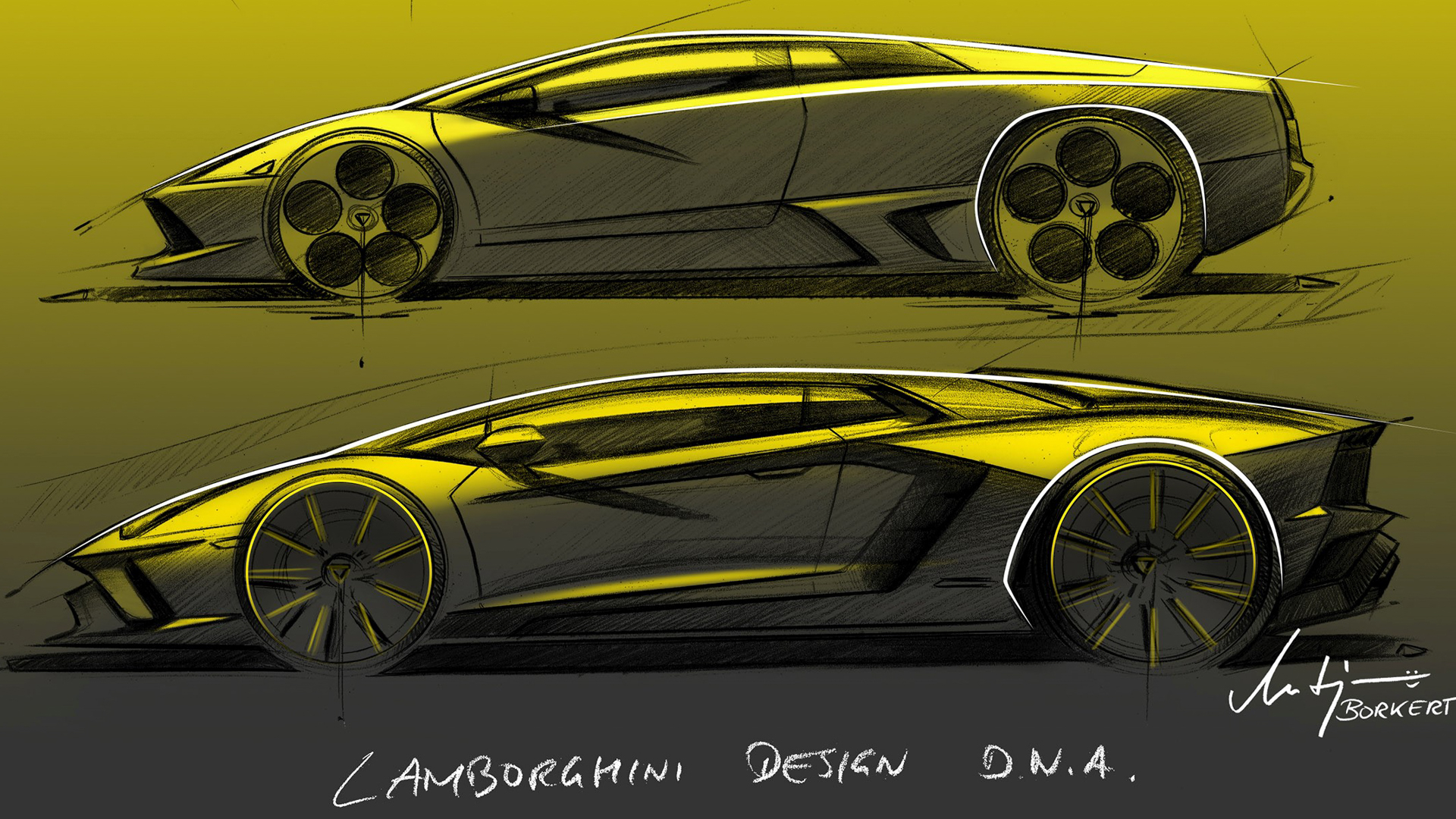

It’s easy to criticize certain modern car designs—like the BMW M4’s irradiated beaver grille or the yawn-inducing VW ID.4—and think you could do better. Think you can do better? Here’s your chance. The world-famous Petersen Auto Museum partnered with Yellowbrick to offer a free online automotive design course with some of the industry’s best car designers teaching students.
The course is broken down into three self-paced modules, and each module is broken down into smaller, 6-15 minute lessons. The first module is called “Design Principles & History,” and it teaches students the core of automotive design while also looking at historical trends. The second module is “Famous Case Studies,” which will highlight specific designs throughout history and review them. Lastly, the “Let’s Draw!” module will teach students to sketch cars with Roman Yneges, who’s a teacher at the ArtCenter College of Design in Pasadena, California.
Most of the instructors in this course are currently automotive designers, such as Stellantis Chief Design Officer Ralph Gilles, Chrysler Brand CEO Christine Feuell, Tesla’s Chief Designer Franz von Holzhausen, and Hispano Suiza Design Director Francesc Arenas.

The course is free, and anyone can join. The only requirements are that you need to have sketching materials for the third module. Aside from that, you can start learning car design now.
You don’t even need to be looking for a career in automotive design to appreciate this course. Even just as a car enthusiast, it’s interesting to learn about what goes into making a great car design. Studying cars like the Giugiaro-penned DeLorean, learning how to do retro right with the 2005 Ford Mustang, or seeing how Tesla made EVs stylish can all be fun learning experiences. Designing cars isn’t just about sketching something pretty. Mechanical packaging, crash testing, and pedestrian safety are all restrictions that designers have to work around, and it can be fascinating to learn how they manage those.
Forums and comments sections are awash with armchair designers who think they can do better than the artists who studied automotive design for years. However, after this course, maybe some of them will actually be able to. Is the next Marcello Gandini, Bruno Sacco, or Ian Callum out there, unknowingly waiting for their chance to prove themselves? This course might be the perfect way to find out.
Got tips? Send ’em over to tips@thedrive.com